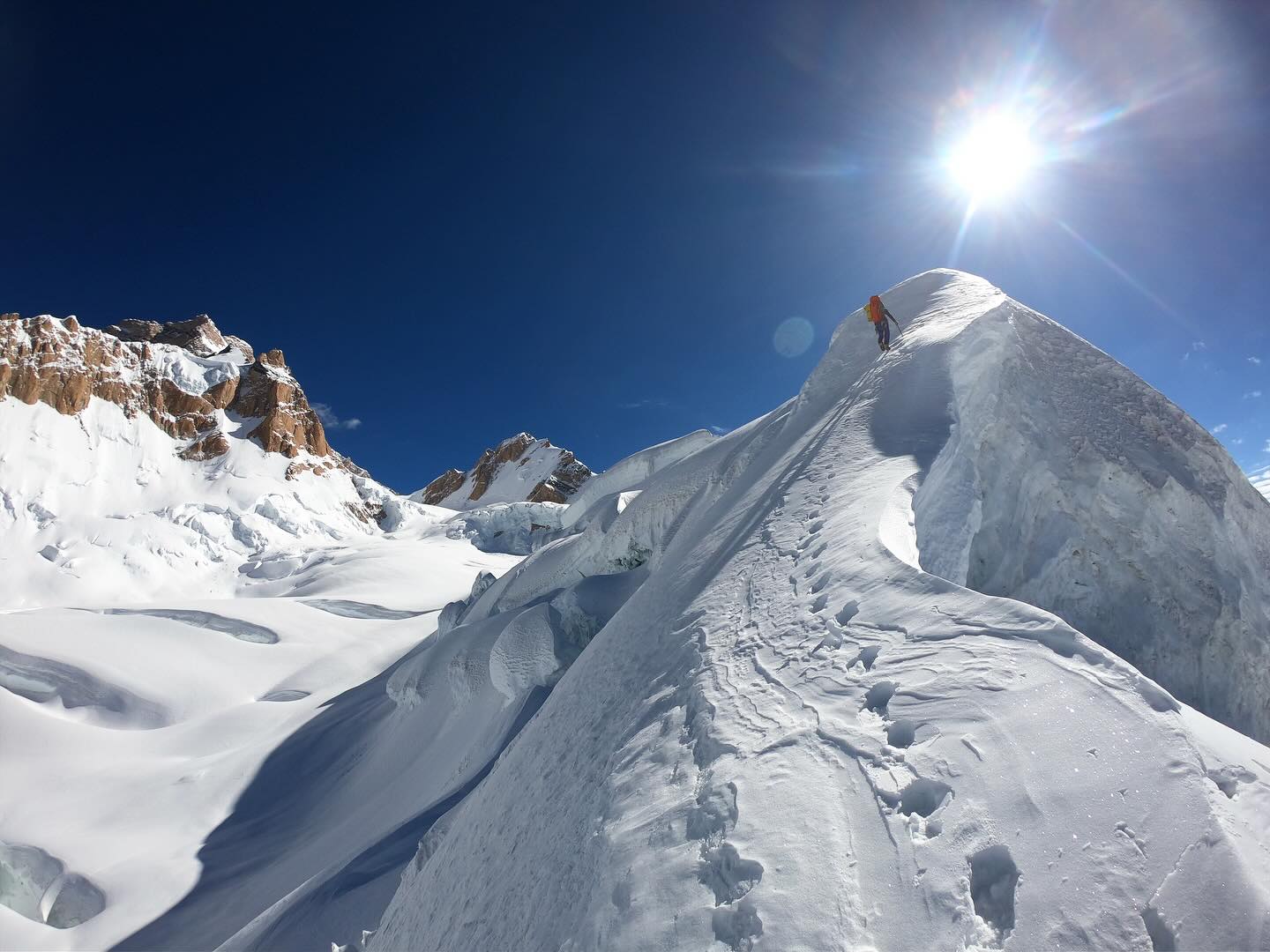While most mountaineers head to Nepal in the fall for stable post-monsoon weather, a few daring teams are turning to Pakistan’s Karakoram. Traditionally a summer climbing destination, September’s shorter days and colder nights may finally offer the snow and ice conditions missing during this year’s sweltering summer.
Harsh Summer, Safer Autumn
This summer left many peaks bare up to 6,000 meters, with rockfall posing a serious threat. Tragically, three climbers lost their lives: two on K2 and former Olympic gold medalist Laura Dahlmeier on Laila Peak. The cooler autumn conditions are expected to benefit alpinists tackling technical and mixed routes.
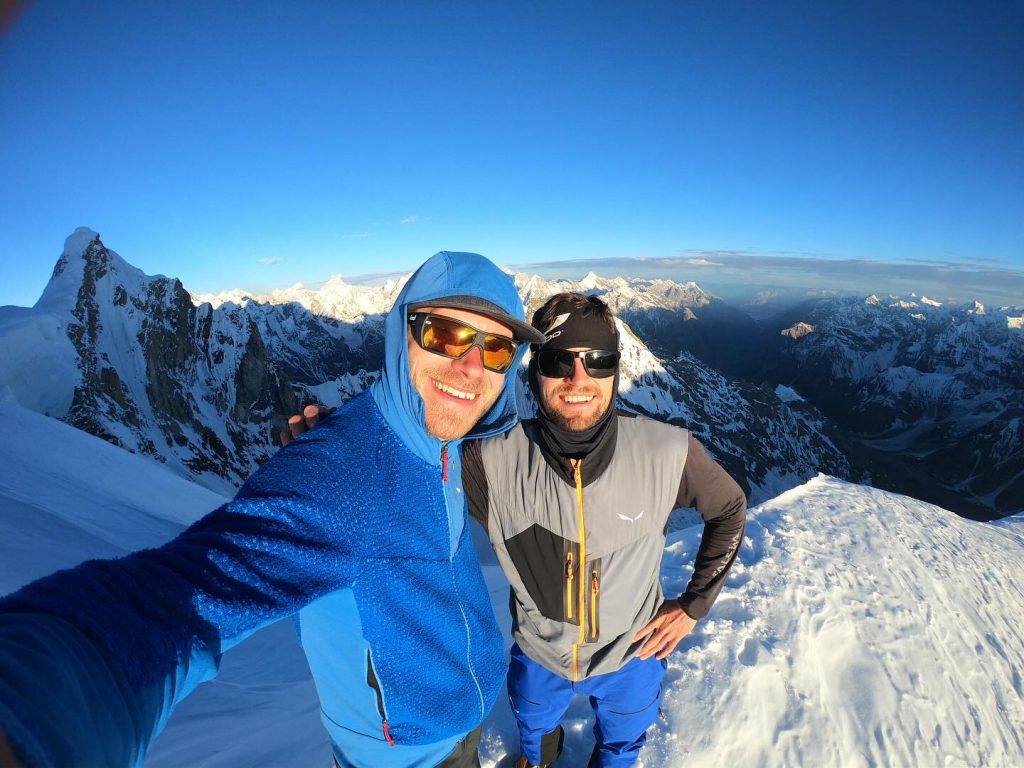
A New Range Beckons
Tyrolean climbers Simon Messner (35) and Martin Sieberer (37) are returning to Pakistan to attempt a peak in a previously restricted and unclimbed range. With only a single photo to guide them, uncertainty adds excitement to their expedition.
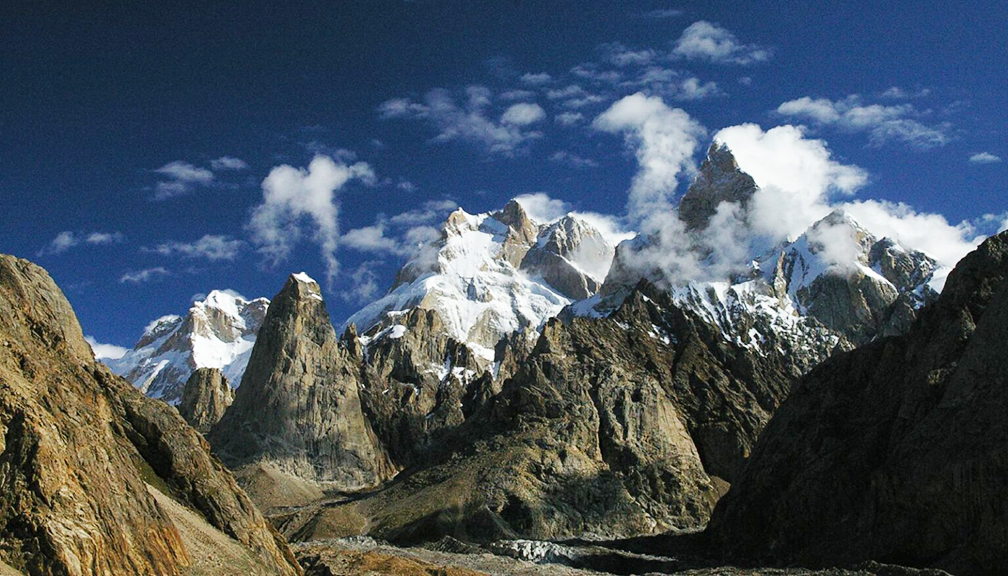
Sieberer reflected on his last trip, saying, “After the first ascent of 7,200m Yermanandu Kangri, I felt exhausted…but now the excitement is back.” As usual, the duo will provide updates only after returning in about a month.
Russians Target the Ogre
A Russian team is preparing to climb 7,285m Baintha Brakk, also known as the Ogre. Alexander Parfyonov, Alexey Sukharev, Ratmir Mukhametzyanov, and Alexander Ryndyk have arrived in Skardu and are moving toward Base Camp. Their attempt was postponed last year due to a climbing accident, and while it’s unclear if they will try the north face, any ascent of the Ogre is a significant achievement.
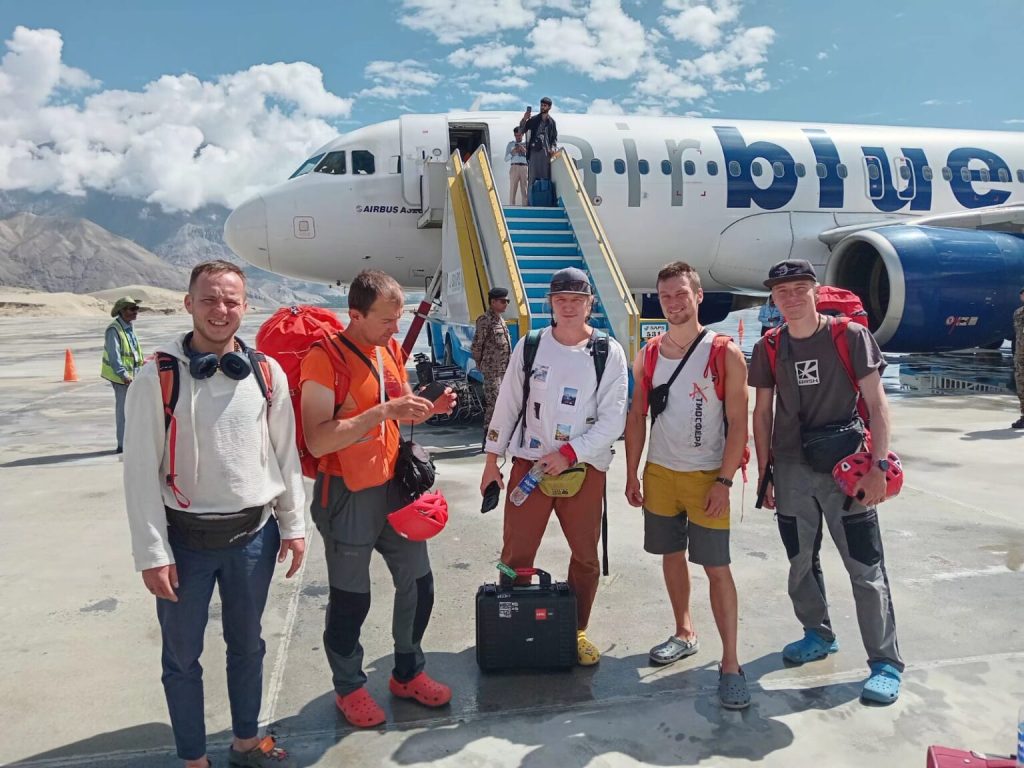
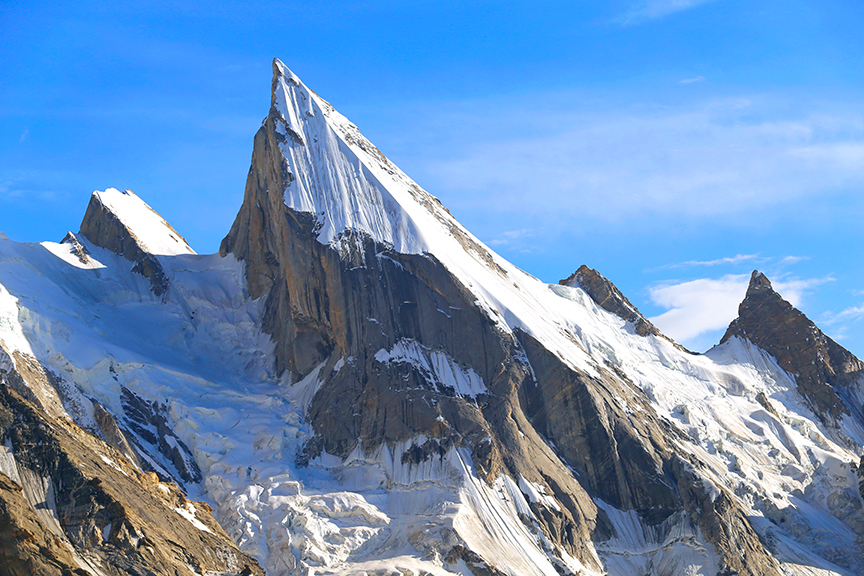
Risk and Reward
These expeditions highlight Pakistan’s Karakoram as a land of challenge and opportunity. While Nepal remains the safer choice for most climbers in fall, those who embrace Pakistan’s mountains face high risks—and the chance to make history.

